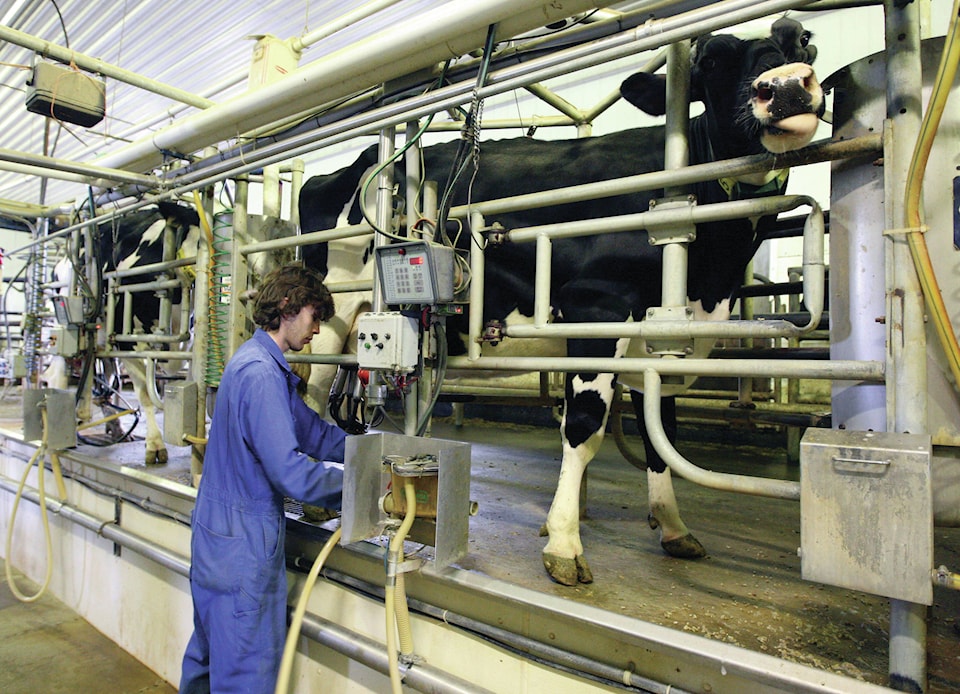After attempting to muddle through a bureaucracy, a solution to water trouble may be at hand.
Ponoka County council met with representatives of the Natural Resources Conservation Board (NRCB) in order to follow up and possibly better understand the board’s role in the management and approval of confined feeding operations (CFO) — also known as intensive livestock operations, which include cattle feed lots and dairy farms.
CAO Charlie Cutforth put forward the exact reasons behind why council asked for a meeting and it all stems from concerns over water.
“With the concentration of CFOs in the county, especially in the region west of Highway 2 all the way toward Crestomere, there are some legitimate concerns being expressed where the trees are gone and water paths change,” he said.
“This creates issues with neighbours and, as storm water management plans are required for other types of developments, we believe this is a realistic expectation of CFOs. So, among other things, council was wondering if this type of plan could be included as part of the approval process of the NRCB.”
He also mentioned that council wondered how it could control some of these developments and help deal with the other issues through the zoning or development process itself, and if the NRCB could help in that.
Andy Cumming, NRCB director of field services and applications, stated application officers must follow the land use planning and zoning requirements that are set by a municipality. However, there is a bit of a loophole.
“Your municipal development plan (MDP) is the key. Our initial decision has to follow what is laid out in the MDP,” he said.
“However, having a clear zoning bylaw is critical as it makes it easier for us to follow black and white rules as opposed to shades of grey.”
Cutforth did add that residents and the municipality would be more comfortable if a water management plan was part of the application process, since then the potential would be there for the NRCB and Alberta Environment to better evaluate exactly what the landowner intends to do and what affect it would have on a number of factors.
Cumming did state that the rules in an MDP need to be justifiable and have a rationale tied to the land use.
Given that, Cutforth asked about getting some help in making sure the county gets it right the first time and what it would take to get a storm water management plan to be mandatory as part of the application.
“We would be happy to come down and help when you are going to update the MDP, to provide you pointers in what we would consider land use related,” Cumming said.
“So if you have, for example, an environmentally sensitive area, identified in the MDP or linked in another planning document, you could then make anything proposed in those regions meet certain requirements and we would then have to be given that consideration in an application.”
However, Cumming did state that the NRCB review board has the power to overturn or uphold any decision of the application officers, regardless of municipal requirements.
